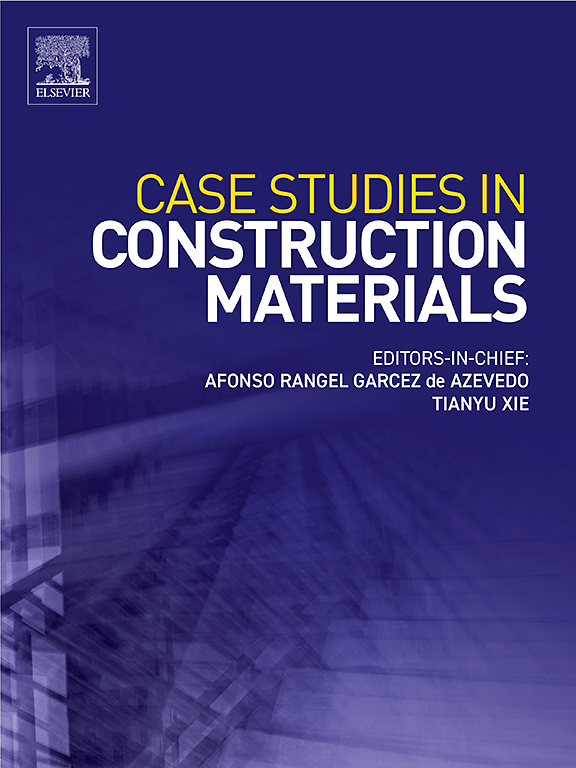Gastric Glomus Tumors: The Roles of Endoscopic Ultrasound and Shared Decision-Making
IF 0.5
Q4 GASTROENTEROLOGY & HEPATOLOGY
引用次数: 0
Abstract
Abstract Gastric glomus tumors (GGTs) are mesenchymal neoplasms with indolent behavior that originate from the subepithelial layers of the stomach and represent up to 1% of all gastric tumors. GGT is detected incidentally during esophagogastroduodenoscopy (EGD) in a proportion of patients. Endoscopic ultrasound (EUS) evaluation of GGT is essential to establish the diagnosis and to differentiate it from gastrointestinal stromal tumors or gastric neuroendocrine tumors. An 80-year-old man who presented for abdominal discomfort was incidentally found to have a gastric antral nodule on EGD. Endoscopic biopsy demonstrated moderately erythematous gastric antral mucosa and a 1.5 cm subepithelial lesion along the greater curvature. An EUS revealed a subepithelial 1.6 cm × 1.3 cm isoechoic, homogenous lesion with small calcifications. Immunohistochemical staining of the fine needle biopsy specimen of the nodule was positive for neoplastic cells, smooth muscle actin, vimentin, patchy muscle-specific actin, and synaptophysin. There were no atypical cytologic features. These findings were consistent with GGT. The patient was not deemed to be a candidate for surgical resection due to advanced age and resolution of his symptoms. A shared decision was made to pursue regular surveillance. EUS is essential for evaluation of GGT. Currently, there are no guideline recommendations for surveillance of GGT detected on routine EGD in asymptomatic individuals. A definitive surgical treatment with partial gastrectomy was favored in previously published literature. For asymptomatic patients with GGT or those with resolution of symptoms, careful surveillance with serial abdominal imaging and EUS may be a reasonable option, especially in older patients with poor surgical candidacy.胃粘膜瘤:内窥镜超声和共同决策的作用
胃球囊瘤(GGTs)是一种起源于胃上皮下的间充质肿瘤,具有惰性行为,占所有胃肿瘤的1%。部分患者在食管胃十二指肠镜检查(EGD)中偶然发现GGT。内镜下超声(EUS)评估GGT是建立诊断和鉴别胃肠道间质瘤或胃神经内分泌肿瘤的必要条件。一个80岁的男人谁提出腹部不适,偶然发现有胃窦结节的EGD。内镜活检显示胃窦黏膜中度红斑和沿大弯曲1.5厘米的上皮下病变。EUS示上皮下1.6 cm × 1.3 cm等回声均匀病灶伴小钙化。结节细针活检标本免疫组化染色肿瘤细胞、平滑肌肌动蛋白、波形蛋白、斑片状肌特异性肌动蛋白、突触素阳性。没有不典型的细胞学特征。这些发现与GGT一致。由于高龄和症状消退,该患者不适合手术切除。双方共同决定进行定期监测。EUS是评估GGT的必要手段。目前,对无症状个体在常规EGD中检测到的GGT进行监测尚无指南建议。在先前发表的文献中,明确的手术治疗是部分胃切除术。对于无症状的GGT患者或症状缓解的患者,通过连续腹部成像和EUS进行仔细监测可能是一个合理的选择,特别是对于不适合手术的老年患者。
本文章由计算机程序翻译,如有差异,请以英文原文为准。
求助全文
约1分钟内获得全文
求助全文
来源期刊

Case Reports in Gastroenterology
Medicine-Gastroenterology
CiteScore
1.10
自引率
0.00%
发文量
99
审稿时长
7 weeks
期刊介绍:
 求助内容:
求助内容: 应助结果提醒方式:
应助结果提醒方式:


